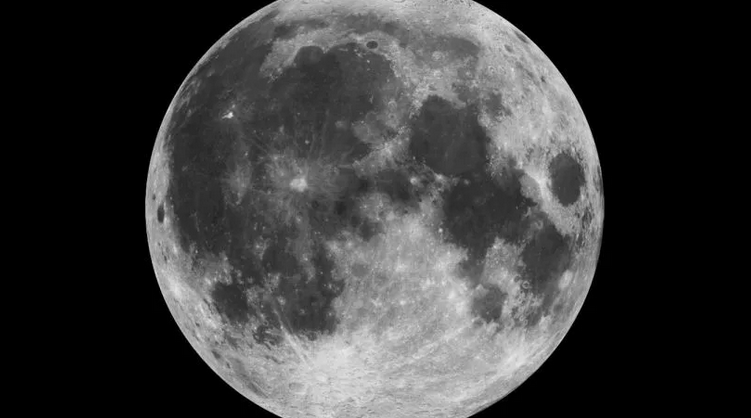A region of the moon that’s at the center of a new international space race because it may contain water ice could be less hospitable than once thought, new research has found.
Interest in the lunar south pole spiked last year, when India’s Chandrayaan-3 mission made the first successful soft landing in the area, just days after Russia’s Luna-25 spacecraft crashed en route to attempt the same feat. NASA has selected the region as the landing site for its Artemis III mission, which could mark the return of astronauts to the moon as soon as 2026, and China also has plans to create future habitats there.
But now a study funded by NASA is ringing an alarm bell: As the moon’s core gradually cools and shrinks, its surface develops creases — like a grape shriveling into a raisin — that create “moonquakes” that can last for hours, as well as landslides. Much like the rest of the natural satellite’s surface, the area of the south pole that is the subject of so much interest is prone to these seismic phenomena, potentially posing a threat to future human settlers and equipment.
Hamilton’s bold move: Fulfilling a childhood dream in the red ferrari
“This is not to alarm anyone and certainly not to discourage exploration of that part of the south pole of the moon,” said the study’s lead author, Thomas R. Watters, a senior scientist emeritus in the National Air and Space Museum’s Center for Earth and Planetary Studies, “but to raise the caution that the moon is not this benign place where nothing is happening.”
Continue here: CNN






































